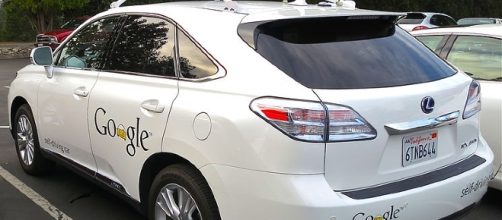The push for self-driving cars to be legally deployed across America will face a test of approval next week. The U.S. House Of Representatives will vote on the bill to legalize the operation of this innovative technology. So far, states across the country have limitations in place to checkmate the rollout of these autonomous cars in their domain. The legislation that governs Driving In America is about to change
The bill before the House of Representatives
In July 2017, there was a unanimous "Yes" vote by the House of Representatives panel that was mandated to examine the pros and cons of pushing through the autonomous car legislation.
The contending parties for and against the bill have been marshaling their points thus far on the impact this will have on driving in America.
Autonomous cars became a reality in the state of Michigan in December 2016 but a couple of other states have barriers in place at present. Florida already approved of the operation of self-driving cars, and at least nine other states are looking at the possibilities.The experience of driving in America looks set for a defining change as the House of Representatives votes on the bill.
The leading traditional car makers like Toyota, GM, and Fiat Chrysler Automobiles, have thrown their support behind the new bill at the House of Representatives. Other startups in the smart cars race include Lyft, Uber, and Google, have also shown their support for this revolutionary step to change the face of driving in America.
The present House of Representatives bill that will come under scrutiny in the coming days makes room for the deployment of about 25,000 driverless cars in the next months. This is expected to run on the back of exemptions to side-step safety standards that govern driving in America. The rollout is expected to peak at 100,000 vehicles in three years.
The optimism behind the passage of the bill
There is bated optimism that the bill before the House of Representatives will have a free course when it comes up for a closer look next week. In the Senate, legislators are working across the party aisle to see what they can put in place to make driving in America safer.
The core of safety concerns has been on the human controls that need to be in place when looking at the operation of driverless cars.
The Californian laws in place at present are considered to be too restrictive to make driving in America a liberal experience. The cries of consumer advocates against the bill before the House of Representatives have led to proposed curbs on the number of cars that can be rolled out over the next couple of years.
A background to smart cars
Driverless cars first got mooted in the decade to the 1970s, when the early prototypes were controlled by long cables and remote control. Imaging technology and smarter controls were added to the early designs as the 1980s beckoned. While the early designs used analog signals, the modern day versions are imbued with state-of-the-art artificial intelligence. Technology can make driving in America a safe experience and at par with the global cutting edge in the industry. The House of Representatives will show the way in a few days.


